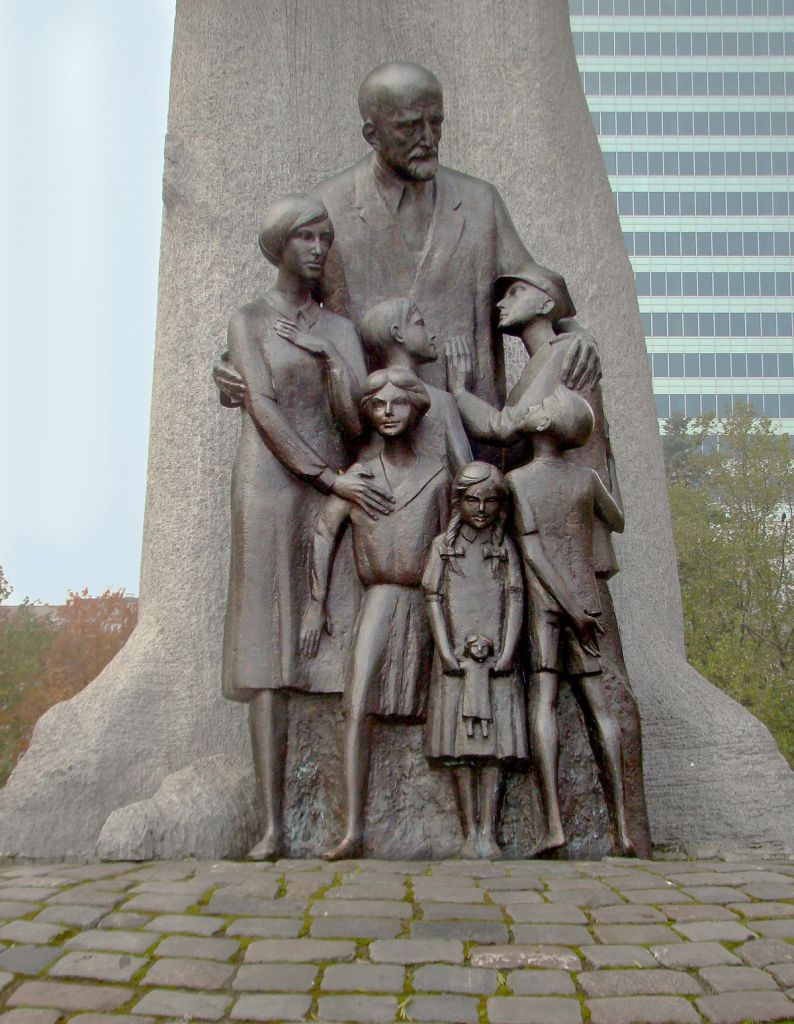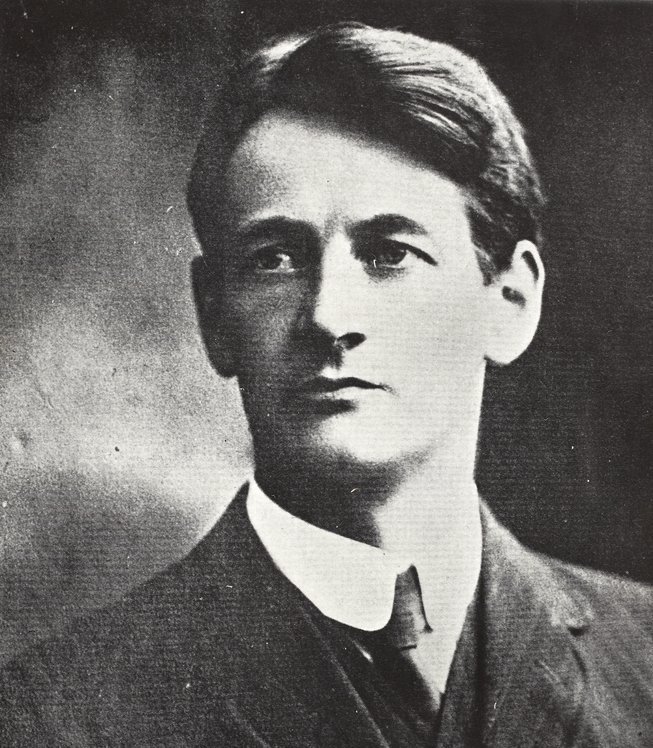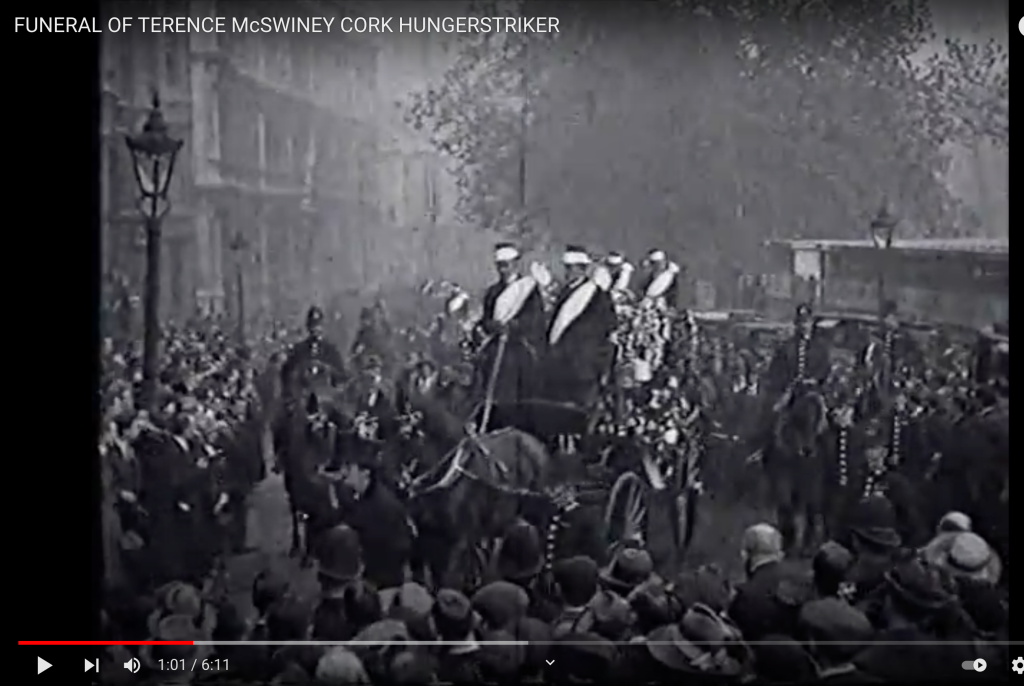Something remarkable happened exactly this time of the year, perhaps almost to the day, in 1942. A play by Rabindranath Tagore, Dak Ghar, would be performed, of all places, in the Warsaw Ghetto. Some days later, in early August, the Nazis started to empty out the ghetto with the transportation of its residents to Treblinka, among the most notorious of the extermination camps in the vast, almost incomprehensible, labor and death camp universe created by the Nazi regime. The children who acted in the play and its director, who headed the orphanage in the ghetto, all went to their death in Treblinka and disappeared without a trace. Some will say, therefore, that what happened was not so much remarkable as ordinary: those who vanished into the darkness of the night were only among the six million who suffered a similar fate, and whatever “light” the play may have cast was soon extinguished. One of the difficulties in comprehending the Holocaust, of course, is that the scale of the killings renders each death, the death of six million, remarkable–as in noteworthy, calling itself to our attention–and ordinary at the same time.

The fact that Janusz Korczak, a pediatrician, writer of children’s literature, and advocate of children’s well-being, should have chosen to perform Dak Ghar [the post office] in the face of death is in itself of singular importance and presents something of a puzzle. Just why did Korczak seek to mount something like a spiritual resistance to oppression by resorting to a play by an Indian writer? Did he seek to prepare the children under his charge for death? Did he think that the art of dying is just as important as the art of living? Did his embrace of Tagore at this juncture signify his willingness and indeed aptitude to transcend the barriers of time and space? The circumstances under which Korczak was moved to embrace the play are best comprehended with brief considerations of the origin of the ghetto, the outline of Tagore’s play, and the worldview that Korczak most likely came to adopt.
Poland capitulated to the German blitzkrieg just days after the country was attacked on 1 September 1939 and the Nazis at once enforced draconian anti-Semitic measures besides subjecting many Jews to forced labor. In October 1940, the Nazis announced the establishment of a Jewish ghetto, and by the following month nearly all the 375,000 Jews in Warsaw—constituting a third of the city’s population—had been forced into the ghetto, which occupied just 2.4 percent of the city’s surface area and was fenced off from the rest of the city by a wall that Jews were forced into building. The ghetto was designed to keep Jews isolated from the world, and not only from the rest of the city; economic activity was largely branded illegal and food was in such short supply that deaths from disease and starvation mounted. The ghetto would, doubtless, have been eliminated in time, considering that at least by 20 January 1942, when the Nazi leadership struck upon the plan euphemistically if not chillingly coined as the “Final Solution” at the Wannsee Conference, the idea had taken root that all of Europe’s Jews would be put to death. In 1943, following an uprising, the Warsaw Ghetto was razed to the ground; however, months before, in July 1942, the transportation of Jews to the killing center known as Treblinka, 60 miles to the northeast of Warsaw, had commenced.
Among the ghetto’s residents Janusz Korczak, born in 1878 as Henryk Goldszmit, was doubtless among the most recognized figures in Warsaw. A pediatrician by profession, he had by his late 20s already gained something of a reputation as a writer of children’s books, and in 1911-12 he assumed the position of director of an orphanage for Jewish children. Korczak embraced a conception of childhood that was breathtakingly radical: while he allowed children every latitude as children, recognizing childhood as a special form of dispensation, he also saw children as entirely capable of exercising their own agency. Children were treated as the equals of adults, and rights and duties were assigned to them as they were to adults; according to the US Holocaust Museum online “Holocaust Encyclopedia”, the orphanage was “run as a ‘children’s republic.’ The young residents regularly convened a court to hear grievances and dispense justice.”

When all Jews including Korczak were forced into the ghetto, the number of children under his charge grew as disease and starvation rendered more of the children orphans. His principal concern throughout remained sheltering them from suffering, though life in the ghetto scarcely permitted such an outcome, and Korczak strove to maintain their physical and mental well-being. On the eve of the commencement of the deportations to Treblinka, his friends offered to help him escape; reportedly even some of the German officers who were admirers of his work claimed that they could help Korczak to safety. Korczak refused all such offers of assistance and insisted that he would have to remain by the side of the children. In “A Generation” (1956), the first film by the master of Polish cinema, Andrej Wajda, Korczak is seen leading the children in singing a song as they march, almost merrily, to the deportation site (umschlagplatz).
It may be said that Korczak’s other response to offers to help him avoid the fate of other Jews was to stage Tagore’s Dak Ghar. But why this play? The protagonist of Tagore’s play is an orphaned boy, Amal, who has some terminal illness; though his adoptive uncle and aunt have brought him up lovingly, on the doctor’s advice he is prevented from going out in the open air and is confined to a room within the house. Amal spends most of the day by the window, looking out on the world; he strikes up conversations, through the window, with passers by, among them a group of boys, a flower girl, and the village watchman. He fantasizes about places that he would like to visit and the journeys that he might yet undertake. Across the road, a post office is being built, and Amal hopes to receive a letter one day from the King; as the play nears its end, Amal believes that the letter has arrived. The King’s herald enters with a splash and lets it be known that the King himself will make a regal entry at the stroke of midnight, and the King’s physician then follows in anticipation of the visit of His Majesty. Seating himself by Amal’s bedside, he commands everyone to be silent and whispers: “Sleep is coming over him. I’ll sit by his pillow; he’s dropping into slumber. Blow out the oil-lamp. Only let the star-light stream in. Hush, he slumbers.”

In his preface to The Post Office (1911), William Butler Yeats recognized “deliverance as the theme of the play”: though Amal dies at the end, he does so not merely with dignity but almost regally. The room may have confined him physically, but it could not constrain his imagination. Indeed, death is but a deliverance: though on the base level it is the freedom from the shackles of an existence where generally the development of the soul is crippled, the imagination fettered by petty thinking, and life reduced to a series of misfortunes, deliverance may also be actively courted as the very affirmation of life—even as, paradoxically, the only form of eternity. In the stuffy and still life of the cramped quarters of the ghetto, with hundreds of children to one Amal, it would have been an enormous challenge to stage the play and bring the light of a starry night to tender souls whose lives had been blighted by those who had forsaken their own humanity.

The Warsaw Ghetto would, the year after Korczak and the children under his care were sent to their death at Treblinka, erupt in an uprising. The Nazis retaliated in the language to which they were accustomed and with the tools of their trade: they killed thousands of Jews in retaliation, bombed and burned every building in turn, released gas into the sewers, booby-trapped manholes, and more. The ghetto was reduced to rubble, yet not to naught: from dust we come to return to dust. Here, in the staging of the play, Korczak by contrast sought to play with the very idea of defiance, showing that defiance may express itself in more than the customary languages of defiance. There is, unquestionably, something remarkable—no, let us describe the phenomenon by a more glamorous, more telling word, and call it wondrous—that, practically on the eve of their death, the children at Warsaw Ghetto would be guided into staging a performance of The Post Office. Korczak had conveyed two subtle and yet inexpressibly messages that he sent through the post office. In the art of dying is the ultimate art of living. And, secondly, victory may be more catastrophic for the victor than for the defeated. We are, it seems, yet to receive those letters.
This is a slightly modified version of an article first published under the same title at abplive.in on 20 July 2023.









